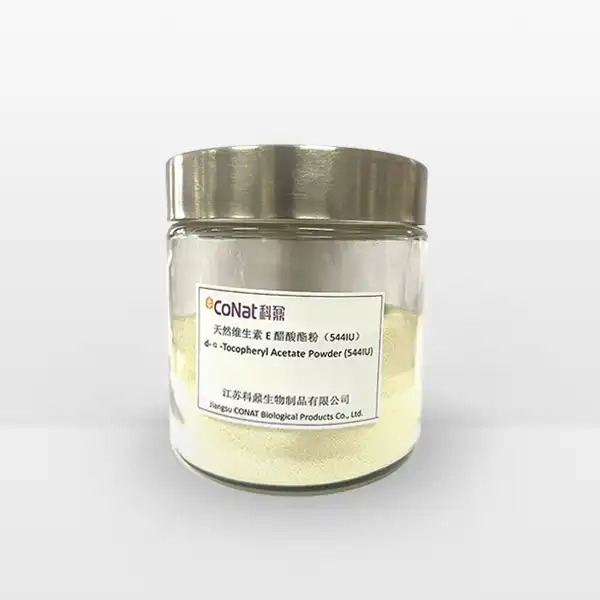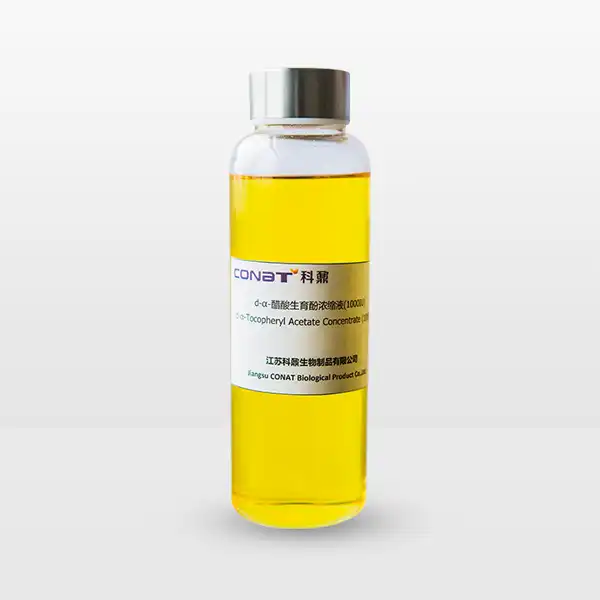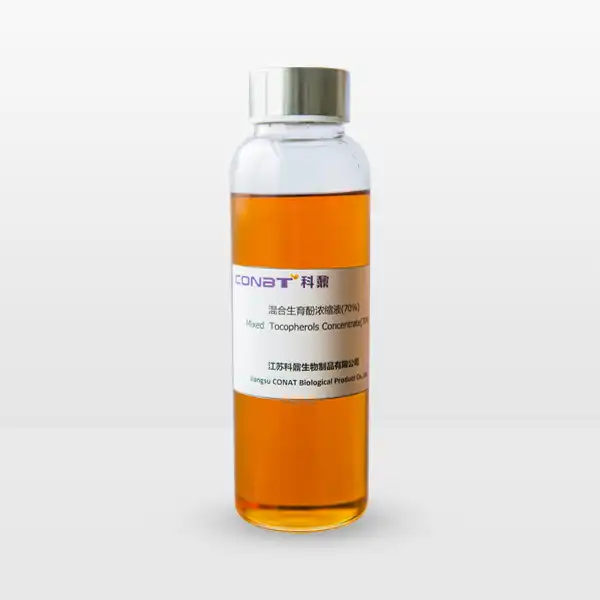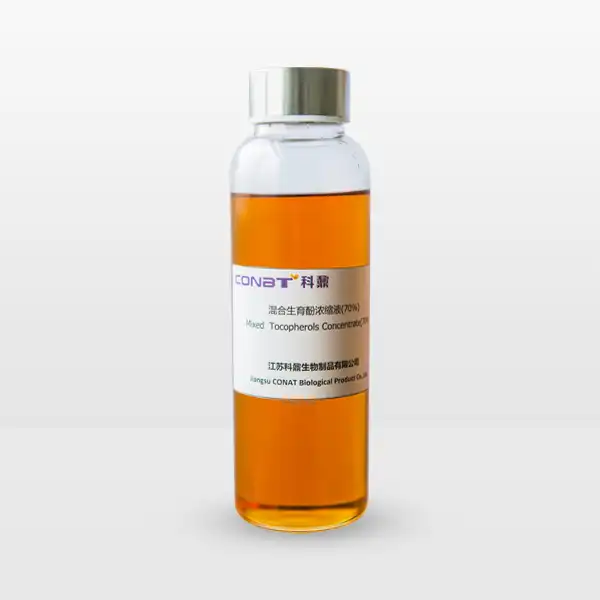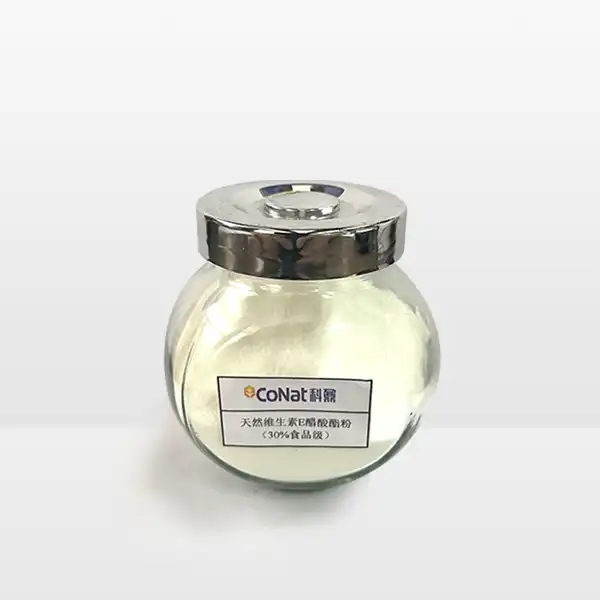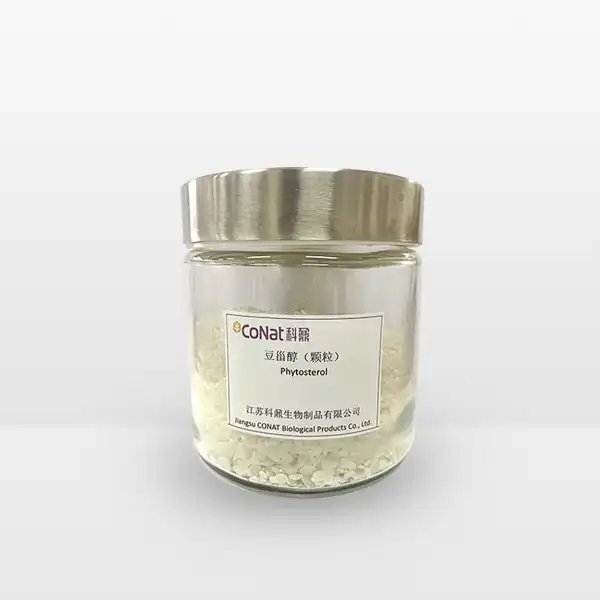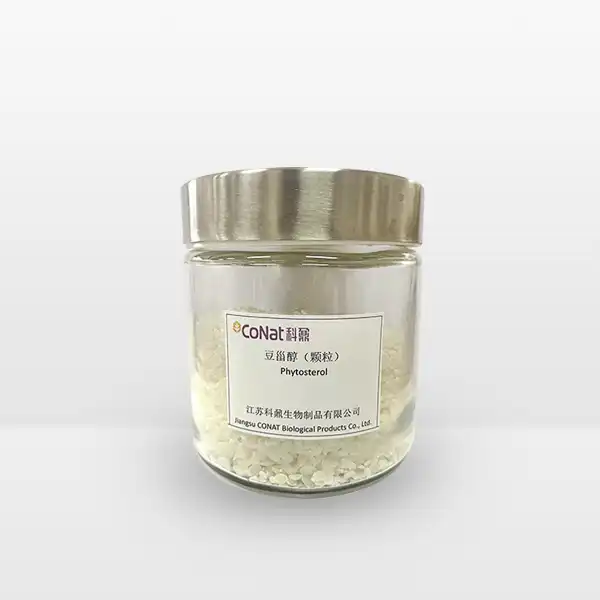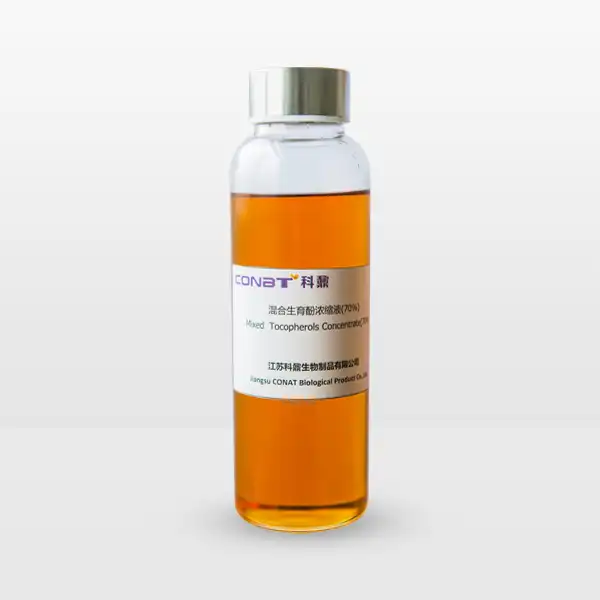- English
- French
- German
- Portuguese
- Spanish
- Russian
- Japanese
- Korean
- Arabic
- Greek
- German
- Turkish
- Italian
- Danish
- Romanian
- Indonesian
- Czech
- Afrikaans
- Swedish
- Polish
- Basque
- Catalan
- Esperanto
- Hindi
- Lao
- Albanian
- Amharic
- Armenian
- Azerbaijani
- Belarusian
- Bengali
- Bosnian
- Bulgarian
- Cebuano
- Chichewa
- Corsican
- Croatian
- Dutch
- Estonian
- Filipino
- Finnish
- Frisian
- Galician
- Georgian
- Gujarati
- Haitian
- Hausa
- Hawaiian
- Hebrew
- Hmong
- Hungarian
- Icelandic
- Igbo
- Javanese
- Kannada
- Kazakh
- Khmer
- Kurdish
- Kyrgyz
- Latin
- Latvian
- Lithuanian
- Luxembou..
- Macedonian
- Malagasy
- Malay
- Malayalam
- Maltese
- Maori
- Marathi
- Mongolian
- Burmese
- Nepali
- Norwegian
- Pashto
- Persian
- Punjabi
- Serbian
- Sesotho
- Sinhala
- Slovak
- Slovenian
- Somali
- Samoan
- Scots Gaelic
- Shona
- Sindhi
- Sundanese
- Swahili
- Tajik
- Tamil
- Telugu
- Thai
- Ukrainian
- Urdu
- Uzbek
- Vietnamese
- Welsh
- Xhosa
- Yiddish
- Yoruba
- Zulu
Can Pure Phytosterol Particles be Used in Food Products?
Pure phytosterol particles have emerged as a groundbreaking ingredient in the functional food industry, offering a natural approach to cholesterol management through dietary intervention. These plant-derived compounds, structurally similar to cholesterol, have gained significant attention from food manufacturers and health-conscious consumers alike. The incorporation of pure phytosterol particles into food products represents a innovative intersection of nutritional science and food technology, opening new possibilities for creating healthier food options without compromising taste or quality.
How do Phytosterols Compare to Other Cholesterol-Lowering Ingredients?
Phytosterols stand out in the landscape of cholesterol-lowering ingredients due to their unique molecular structure and natural origin. Unlike synthetic alternatives, phytosterols work by competing with cholesterol for absorption in the digestive system, effectively reducing cholesterol uptake by 10-15%. This mechanism is particularly noteworthy when compared to other functional ingredients like soluble fiber or omega-3 fatty acids.
The competitive advantage of phytosterols lies in their versatility and efficiency. While soluble fiber primarily works by binding bile acids and promoting their excretion, phytosterols directly interfere with cholesterol absorption machinery at the molecular level. This direct approach often results in more predictable outcomes compared to other dietary interventions. Clinical studies have demonstrated that consuming 2-3 grams of phytosterols daily can reduce LDL cholesterol levels by 8-15%, making them more effective than many other natural alternatives.
Food manufacturers have found that pure phytosterol particles offer superior functionality compared to traditional cholesterol-lowering ingredients. Their stable nature allows them to maintain their effectiveness even after food processing, whereas some other functional ingredients may degrade or lose their efficacy. Additionally, phytosterols can be incorporated into a wider range of food matrices without significantly affecting taste or texture, making them an ideal choice for functional food development.
From a formulation perspective, pure phytosterol particles also offer advantages in terms of bioavailability and distribution within food products. Their carefully controlled particle size ensures optimal dispersion and stability in various food systems, from oil-based spreads to water-based beverages. This technical superiority, combined with their natural origin, makes them particularly attractive for clean-label products targeting health-conscious consumers.
What are the Best Food Applications for Pure Phytosterol Particles?
The versatility of pure phytosterol particles makes them suitable for a wide range of food applications, each with its own set of advantages and technical considerations. Dairy products, particularly low-fat and functional yogurts, have proven to be excellent carriers for phytosterols due to their protein-rich matrix that helps stabilize the particles and mask any potential graininess.
Bakery products represent another successful application area, where phytosterols can be incorporated into bread, muffins, and breakfast cereals. The thermal stability of pure phytosterol particles ensures they maintain their cholesterol-lowering properties even after baking. Manufacturers have successfully developed formulations that distribute phytosterols evenly throughout the product while maintaining the desired texture and mouthfeel.
Beverage applications have also shown promising results, particularly in functional drinks and smoothies. The key to success in this category lies in proper particle size control and stabilization systems. Advanced processing techniques have enabled the development of stable phytosterol dispersions that remain homogeneous throughout the product's shelf life without settling or creating an unpleasant sandy texture.
Spreads and margarine products have historically been the most successful application for phytosterols, as the fat-based matrix naturally accommodates these lipophilic compounds. Modern formulation techniques have further improved the incorporation of pure phytosterol particles in these products, resulting in better stability and improved sensory properties.
The snack food sector has also begun exploring phytosterol applications, with innovations in extruded snacks and protein bars showing particular promise. These applications require careful consideration of processing conditions to ensure the phytosterols remain stable and bioavailable while maintaining the desired product characteristics.
What are the Regulatory Requirements for Using Phytosterols in Food Products?
The regulatory landscape for phytosterol use in food products varies significantly across different regions, requiring manufacturers to navigate complex approval processes and labeling requirements. In the United States, the FDA has granted GRAS (Generally Recognized as Safe) status to several phytosterol preparations, allowing their use in specific food categories with established maximum levels.
The European Union has implemented detailed regulations regarding phytosterol addition to foods, including mandatory labeling requirements and restrictions on which food categories can contain added phytosterols. These regulations also specify that products containing phytosterols must provide sufficient information to consumers about their proper use and potential effects.
Food manufacturers must conduct thorough stability studies and safety assessments before launching products containing phytosterols. This includes evaluating the impact of processing conditions on phytosterol stability, potential interactions with other ingredients, and the overall safety of the final product. Documentation requirements vary by jurisdiction but typically include detailed information about the source and specifications of the phytosterol ingredients, manufacturing processes, and quality control procedures.
Labeling regulations also require specific statements about the target consumer group and recommended daily intake. Many jurisdictions mandate that products containing Pure Phytosterol Particles must clearly state that they are intended for people who want to lower their blood cholesterol levels and may not be nutritionally appropriate for pregnant women and children under five years of age.
Regular monitoring and testing are required to ensure compliance with regulatory specifications throughout the product's shelf life. This includes maintaining proper documentation of phytosterol content, stability data, and any changes in product formulation or processing conditions that could affect the final product's safety or efficacy.
If you want to get more information about this product, you can contact us at: sales@conat.cn.
References
1. Journal of Food Science and Technology (2023). "Applications of Phytosterols in Functional Foods: Current Trends and Future Perspectives"
2. European Journal of Nutrition (2023). "Regulatory Framework for Phytosterol-Enriched Foods: A Global Perspective"
3. Food Chemistry (2022). "Stability and Bioavailability of Pure Phytosterol Particles in Different Food Matrices"
4. Journal of Functional Foods (2023). "Novel Applications of Phytosterols in Dairy Products: A Comprehensive Review"
5. Critical Reviews in Food Science and Nutrition (2022). "Safety Assessment of Phytosterol-Enriched Foods"
6. International Journal of Food Science & Technology (2023). "Processing Technologies for Phytosterol Incorporation in Food Products"
7. Comprehensive Reviews in Food Science and Food Safety (2022). "Phytosterols vs. Traditional Cholesterol-Lowering Ingredients"
8. Food Research International (2023). "Consumer Acceptance and Market Trends of Phytosterol-Enriched Foods"
9. Journal of Agricultural and Food Chemistry (2022). "Analytical Methods for Phytosterol Quantification in Processed Foods"
10. Trends in Food Science & Technology (2023). "Innovation in Functional Food Development: The Role of Pure Phytosterol Particles"
YOU MAY LIKE
